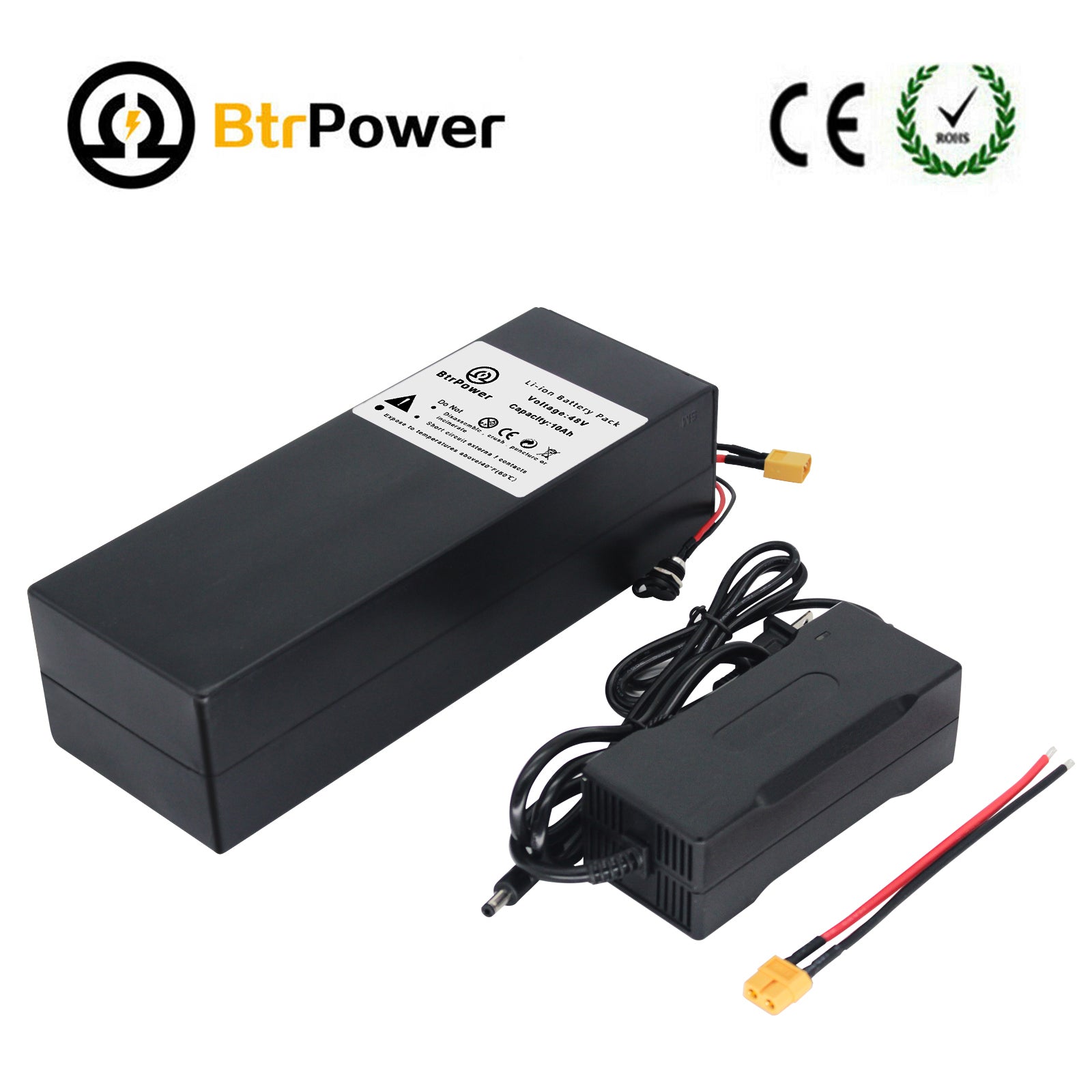nez_fer
1 µW
Hi All,
I'm looking for help as I'm new to the Lithium and Electric Moto world. I bought a YCF 50E dirt bike for my son. It uses a 48V 10ah battery with 1200W motor. I really like everything about the bike, but suspect there might be an issue with either the battery, BMS or the controller.
At full charge the Battery Voltage reads 58.8V. The bike runs great until the battery goes down to about 50V with no load. With a load the Voltage can drop down to 47V and all power will shut off. The lights on the throttle turn off then turn back on showing a dead battery (single orange light) even though the battery voltage shows 49V or 50V. If I unplug the battery from the controller and plug it back, the bike seems to reset with the throttle lights showing all green, Battery voltage showing 49V or 50V and the bike will run again until the load draws the battery down to 47V and it will shut off again.
Is it normal to shutdown at 47V? If not, is the problem the battery or the controller?
Thank you and my apologies if I'm asking obvious questions.
Nez.

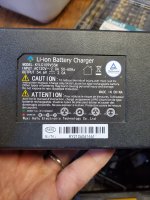
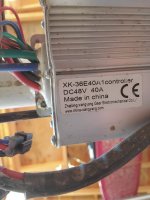
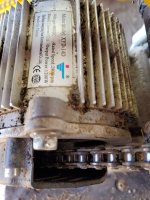
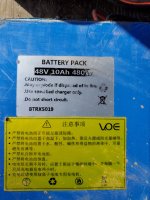
I'm looking for help as I'm new to the Lithium and Electric Moto world. I bought a YCF 50E dirt bike for my son. It uses a 48V 10ah battery with 1200W motor. I really like everything about the bike, but suspect there might be an issue with either the battery, BMS or the controller.
At full charge the Battery Voltage reads 58.8V. The bike runs great until the battery goes down to about 50V with no load. With a load the Voltage can drop down to 47V and all power will shut off. The lights on the throttle turn off then turn back on showing a dead battery (single orange light) even though the battery voltage shows 49V or 50V. If I unplug the battery from the controller and plug it back, the bike seems to reset with the throttle lights showing all green, Battery voltage showing 49V or 50V and the bike will run again until the load draws the battery down to 47V and it will shut off again.
Is it normal to shutdown at 47V? If not, is the problem the battery or the controller?
Thank you and my apologies if I'm asking obvious questions.
Nez.







